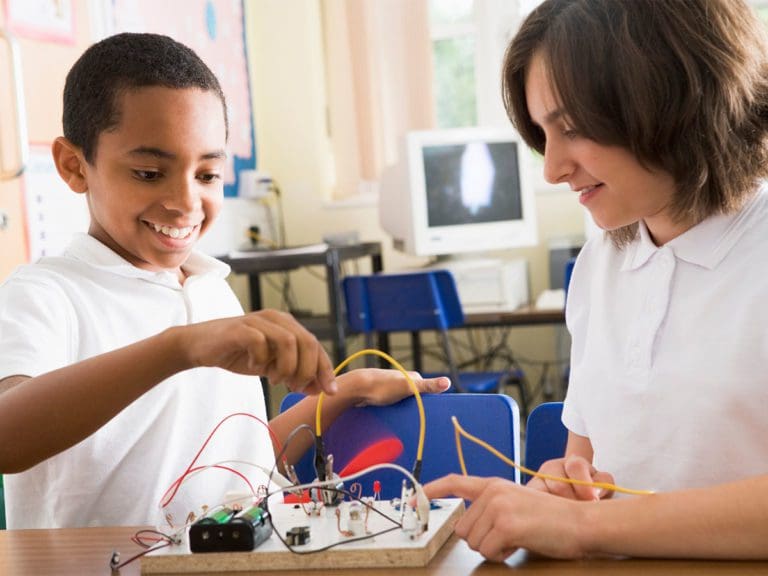Our immediate goal with each lesson is to have students absorb content they encounter and build skills with which they’re presented. We want them to be successful today. However, our larger, longer-term goal is to have them become skilled, efficient, and effective learners. Students building skills and developing techniques equip them to learn faster and remember more of what they learn.
When we teach and coach students to develop effective learning skills and habits, we support them to be more successful today. We also equip them with tools and techniques they can employ long after they leave our classrooms, creating long-term investment in and contributing to their success.
This is a good time of year to introduce and review some of these tools and approaches. We can re-energize our students by giving them additional insights and advantages to accelerate learning and build stronger, longer lasting recall of what they learn. Consider these five tools and techniques to share.
One of the best ways to help students organize and make sense of new learning is have them summarize and explain their understanding and observations to someone. The activity can be as simple as a brief “turn and talk,” or as formal as doing a stand-up presentation or developing a set of “how to” instructions. The process of transforming newly absorbed information into an explanation solidifies new learning and the process of sharing new learning helps transfer it into memory. If students study alone and there’s no one immediately present with whom they can share their learning, they’ll benefit by verbalizing what they learn or by writing a summary to solidify their understanding. Of course, summarizing and sharing learning also may reveal misconceptions and misunderstandings that can be addressed before they become embedded in memory.
Another way to accelerate and solidify new learning is for students to practice frequent self-quizzing. Coaching students to pause frequently as they read new content or engage in a developing skill encourages them to ask themselves questions and test their growing knowledge. Like explaining or summarizing new learning, self-quizzing moves information from “intake” to “ownership” in students’ brains. As a result, newly acquired information more quickly becomes embedded in memory allowing gaps in information and understanding to be uncovered and addressed.
Yet another strategy to help students efficiently build new learning and store it in memory is to have them space out and vary learning and practice sessions. Lengthy and intense practice sessions may seem like a good way to build understanding and automaticity in learning, but the strategy can also result in exhaustion and leave students not recalling key information. Alternatively, when learning a new skill or absorbing new content is spaced over multiple sessions attention remains fresh, and focus is easier to maintain. Further, when students vary their study processes and practice activities, learning becomes layered and varied. Consequently, it’s easier to retain and retrieve.
Still, another strategy to improve and accelerate learning is to have students include multiple skills or concepts within the same learning or study session. For example, students might study math and chemistry in the same session, mix new information with review of past learning, or address content out of chronological order. Known as interleaving, the process of addressing multiple concepts or skills in succession keeps the brain alert and improves its ability to differentiate elements and aspects of the content students are learning. Their brain is required to adjust and adapt, thus building depth and detail in what students learn.
Finally, we can help students develop confidence and readiness to continue learning by coaching and reminding them to pay attention to and celebrate their learning successes, even when they may seem small. Students often are tempted to focus on and remember their struggles and failures. However, when students celebrate even small wins, they stimulate a feel-good chemical in their brains known as dopamine. The feeling generated by dopamine reinforces the learning experience and leaves students wanting more. Further, giving attention to successes can build learning confidence as students prepare to engage in the next learning challenge.
Learning often is hard, and finding the necessary energy and confidence to struggle and succeed can be challenging. We need to provide our students with the very best tools and techniques available. These five research and practice-proven approaches provide valuable additions to our students’ learning “tool chests.” Consider setting aside time in the coming week to introduce and have students tryout some of these learning tools and reap their benefits.



